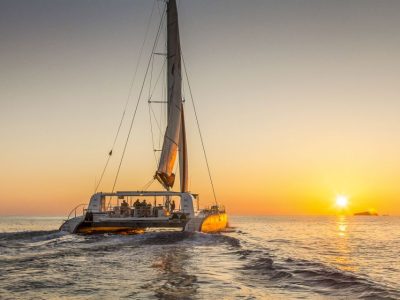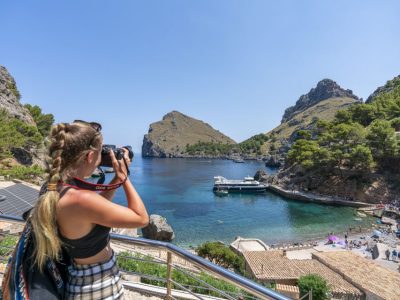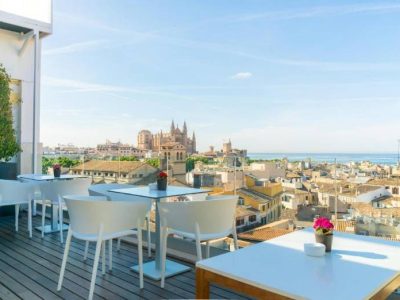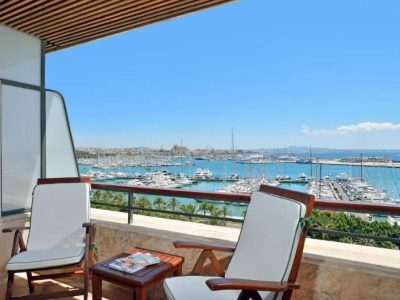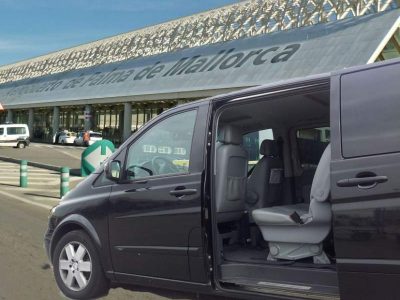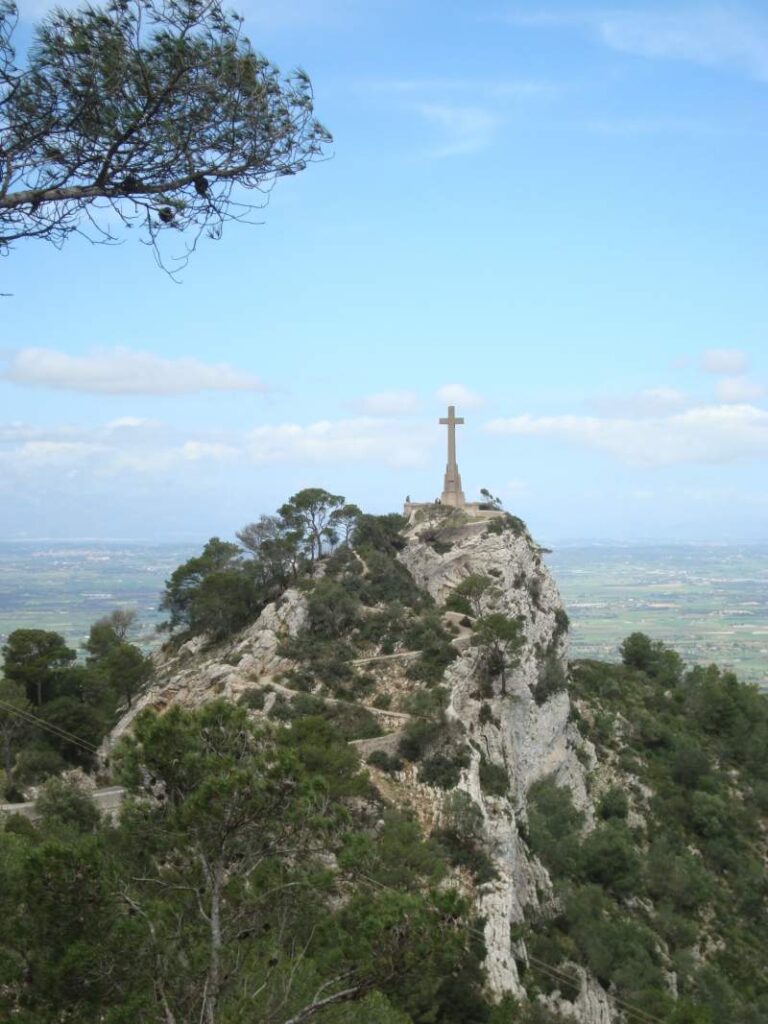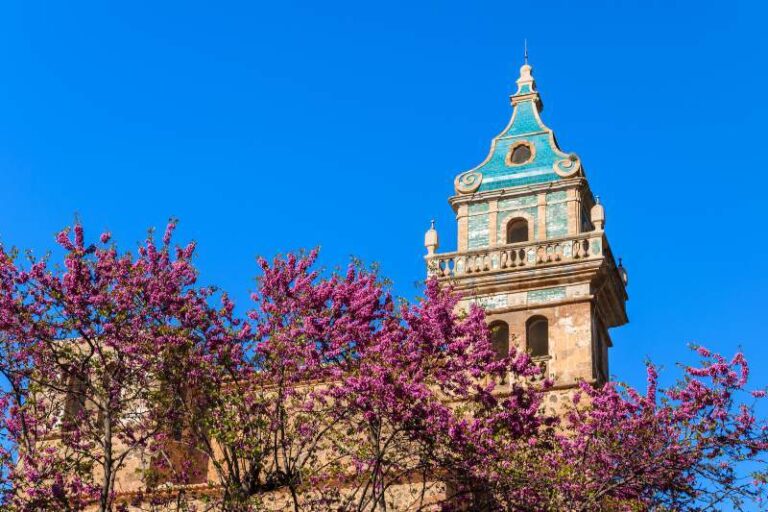All your holiday planning needs in one place, letting you book direct and benefit from official online rates
- Places To Go
- Things To Do
What’s Your Interest?
Traveling with kids
- Blog
Reial Convent de Sant Francesc
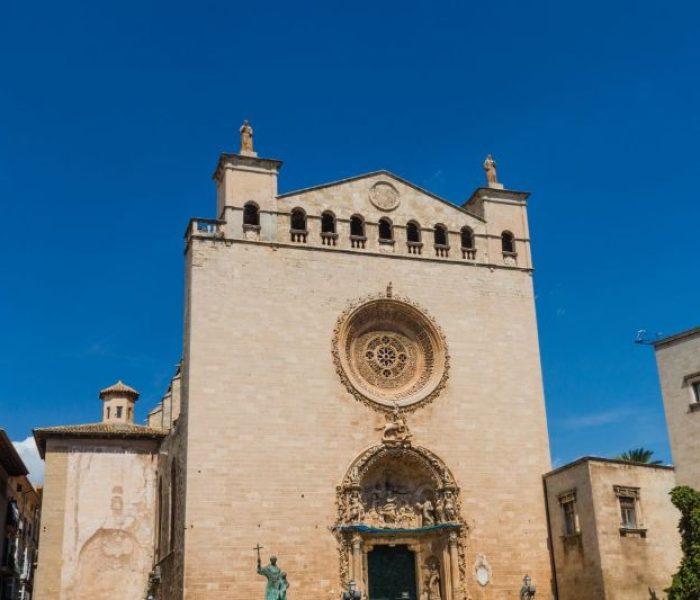
FEATURED EXPERIENCE

Mallorca from Above: Breathtaking Hot Air Balloon Flight
From: €180
- Lowest Online Rates
Convent de Sant Francesc is well-worth a visit even if you’re not normally into these things
The order of Sant Francesc (Francis of Assisi) arrived immediately on the island following the Aragonese-Catalan conquest, in 1229, consisting of a group of five friars who from Rome.
King Jaume I, whom was the protagonist of the conquest of Mallorca from the Moors, had given his word that the Franciscan order would be granted properties and assets on the island.
The first convent of Sant Francesc was built in the street of Sant Miquel already in the 1230’s, presumably a work that expanded a small primitive church that was constructed by the Premonstratensians friars who quickly moved to Artà to live in the Monestir de Bellpuig.
However, in 1278, the friars exchanged property with the nuns of Santa Margalida, who had a building in the Plaça del Mercat. The friars never took that building in use, because in the beginning of the 1280’s the construction of the current church began. The result would be the proof of the great religious, cultural and social influence of the Franciscan congregation.
In 1317, the church opened for service, although the works did not finish until 1385. Like other convents and monasteries built at this time, Sant Francesc was too under administration of another convent in Aragón. Nonetheless, Sant Francesc quickly became an independent entity with its own administration, just as the Sant Francesc of Inca and Sant Francesc of Ciutadella (Menorca).
The church and convent continued to develop the next centuries. The most recent additions of the church are the chapels in the apse added in 1445 and 1670. The beautiful cloister of the convent was built in the time between the 14th and 16th centuries.
In 1570, a lightning struck the church and destroyed the main Gothic facade, which also caused the first nave of the original church was destroyed. A new facade and nave was constructed in 1618. On the facade, you can see the figures of Santo Domingo and Sant Francesc.
The interior is a huge Gothic area, distributed in just one nave with eight lateral chapels. The ceiling has groined vaults supported by pointed pillars.
The monastic life of Sant Frances continued until 1835 when the Franciscans were expelled as a consequence of prime minister Juan Mendizabal’s great ecclesiastical confiscation of monastic properties. The confiscation came as a direct consequence of the First Carlist War in Spain, when carlists (supporters of King Carlos who believed that a monarch should always be male) went rioting against the inauguration of Queen Isabella. The war had major economical costs, and to pay for these Mendizabal confiscated monastic lands that weren’t being fully used and auctioned them to private investors who could start a production and hire labor. The ecclesiastical confiscation served three main purposes; to raise funds, to create a middle class and set an example that religion and religious orders were no longer powerful and influential institutions in Spain.
In 1906, the religious activities of Sant Francesc were reinstated with a community of T.O.R (Third Regular Order of Saint Francis).
Special interest of the Sant Francesc
1. The tomb of the blessed philosopher Ramon Llull seen in the chapel of Consolation.
2. The stunning Gothic cloister which has been declared a national monument. The trapezoid cloister is located right next to the church and forms a complex of great beauty with its thin columns connected by lobed arches.
3. The Baroque altarpiece.
Info
- Plaça de Sant Francesc, 7, 07001 Palma (get directions)
- +34 971 712 695
- Website


